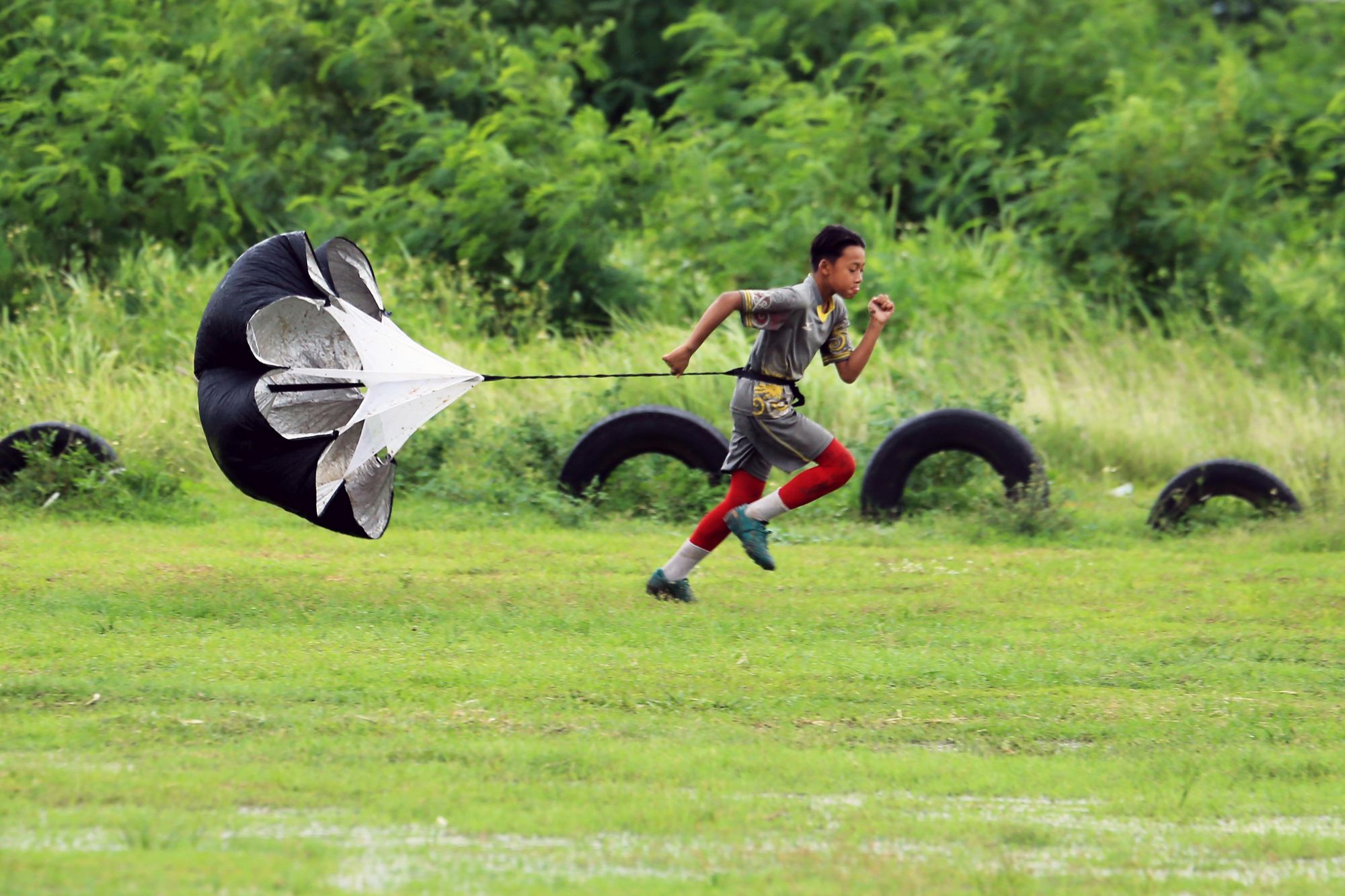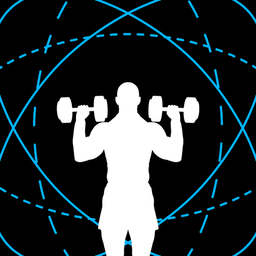Should You Be Training to Failure? (New 2024 Research)
We last talked about training to failure in 2019. It's now 2024! Five whole years have passed — what's new? Has our stance changed? Answers here.

The last time we talked about training to failure was in 2019. We concluded that training to failure (i.e., reps in reserve or RIR = 0) wouldn’t give you more muscle growth than simply training close to failure (i.e., RIR = 1 to 2).
But 2019! That was pre-COVID-19 — eons and eons ago.
If someone had a baby in 2019, they’d have their hands full with a preschooler who can hop, skip, and keep a conversation going.
So, 5 years on, have there been any changes in the training to failure scientific literature?
Let’s take a look at 2 recent training to failure studies
First up, we have this massive 2023 meta-analysis where the researchers gathered a whole lot of studies and used the ✨ wonders of statistics ✨ to tease out the relationship between proximity of failure to muscle growth outcomes.
What did they find?
Somewhat shockingly, they found a clear dose-dependent relationship between proximity of failure and muscle growth. More specifically:
Every additional rep beyond that: +5% more relative growth
Holy f-. Turns out training to failure gives you better muscle growth?!
Uh, not so fast.
The catch is that the researchers used an average volume of 10 direct sets per muscle per week.
And if you’ve read our article on training volume, you’d know that’s somewhat on the low-ish side for intermediate and advanced lifters.
Sidenote — haven’t read our article on training volume? You should. It’s good.

That means we don’t know how proximity to failure affects muscle growth in higher-volume routines.
But what we do know is that, in this 2024 study, researchers found no significant differences between increases in quadriceps thickness when they took the exercises (leg press and leg extension) to failure and when they left 1-2 RIR.
A few noteworthy participant characteristics:
- Resistance-trained, with at least 3 years of experience
- Highly accurate in predicting RIR, with average predictions < 1 rep away from 1- and 3-RIR targets
OK, so what does this mean?
To briefly summarize the 2 studies:
Based on this, until we have more research, it seems reasonable to suggest that whether you should go balls-out (i.e., train to failure) depends on your lifting experience.
If you’re a beginner:
Push as close to failure as you comfortably can*.
Most beginners are notoriously bad at estimating their RIR, often grossly underestimating what they can do and leaving so much more in the tank.
This could also help you make the most of your “newbie gains,” especially if it’s your first-ever bulk.

If you’re an experienced lifter confident of your RIR estimation abilities
There is no compelling reason for you to train to failure.
Leaving 1-2 RIR will likely still maximize your muscle growth — well, as long as you’re sure you’ve gauged your proximity to failure accurately. That said, there’s generally little harm* in taking a few selected sets in your workout to failure.
It might help you “re-calibrate” your ability to gauge proximity to failure as you get stronger (or sometimes weaker if you’re in a calorie deficit).
*Please read the warning below.
Warning: training to failure can and will take a toll on you
TBH, the overall sentiment on training to failure hasn’t really changed since 2019.
Training to failure is highly fatiguing and taxing on the body when done right. Taking every set in your workout to failure will likely hurt your recovery and, in turn, overall workout volume.
Bad news for muscle growth.
All that to say, regardless of your lifting experience, be mindful about training to failure. Take note of your recovery.
For example, let’s say you took 2 sets of every exercise to failure and noticed that you couldn’t recover in time for the next workout; that’s a clear sign you need to dial it back. Try training to failure for just one set of every exercise — does that help with recovery? If it still doesn’t, dial it back further.
Relentlessly tweak and adjust until you find what works best for you.
In the meantime, don’t forget to support recovery by taking care of the following:
… another aspect that’s equally important but slightly trickier to achieve would be a well-thought-out training plan that optimally distributes your workout sets to support your physique goals while ensuring adequate rest between sessions.
To be fair, coming up with a training plan like that is not impossible.
But it’ll often take lots of head-scratching and experimentation. I.e., time. That you may not have or wish to waste.
Imagine having a complete training plan tailored to your lifting experience, goals, and time availability in just a few taps on your phone. No more agonizing over whether squats should go after or before Romanian deadlifts. No more second-guessing your workout split.
There’s no need to imagine. Because GymStreak brings that to reality.
It’s a smart, AI-powered workout planner with nutrition tracking that’ll help you see quicker progress on your fitness and health goals than you ever did.
See it in action below:
Workout Programming + Nutrition Tracking, Off Your Hands
*sigh of relief* We'll guide you through it all — step-by-step. Just download the app, and you'll be making progress toward your dream body like never before.
References
Important Milestones: Your Baby By Five Years | CDC. https://www.cdc.gov/ncbddd/actearly/milestones/milestones-5yr.html. Accessed 12 Apr. 2024.
Refalo, Martin C., et al. “Similar Muscle Hypertrophy Following Eight Weeks of Resistance Training to Momentary Muscular Failure or with Repetitions-in-Reserve in Resistance-Trained Individuals.” Journal of Sports Sciences, Feb. 2024, pp. 1–17. PubMed, https://doi.org/10.1080/02640414.2024.2321021.
Robinson, Zac, et al. Exploring the Dose-Response Relationship Between Estimated Resistance Training Proximity to Failure, Strength Gain, and Muscle Hypertrophy : A Series of Meta-Regressions. SportRxiv, 18 Nov. 2023. sportrxiv.org, https://doi.org/10.51224/SRXIV.295.
Steele, James, et al. “Ability to Predict Repetitions to Momentary Failure Is Not Perfectly Accurate, Though Improves with Resistance Training Experience.” PeerJ, vol. 5, Nov. 2017, p. e4105. PubMed Central, https://doi.org/10.7717/peerj.4105.


